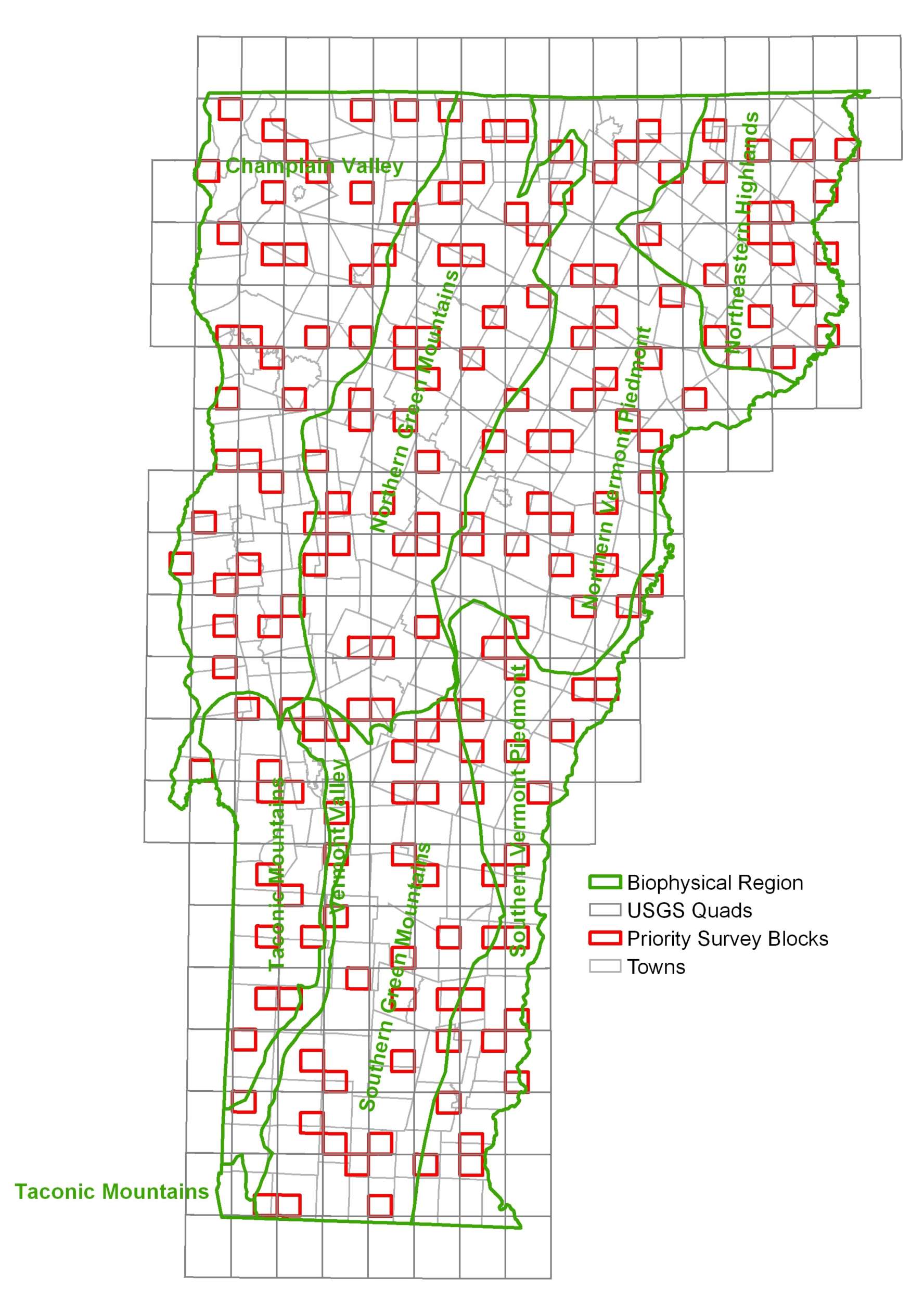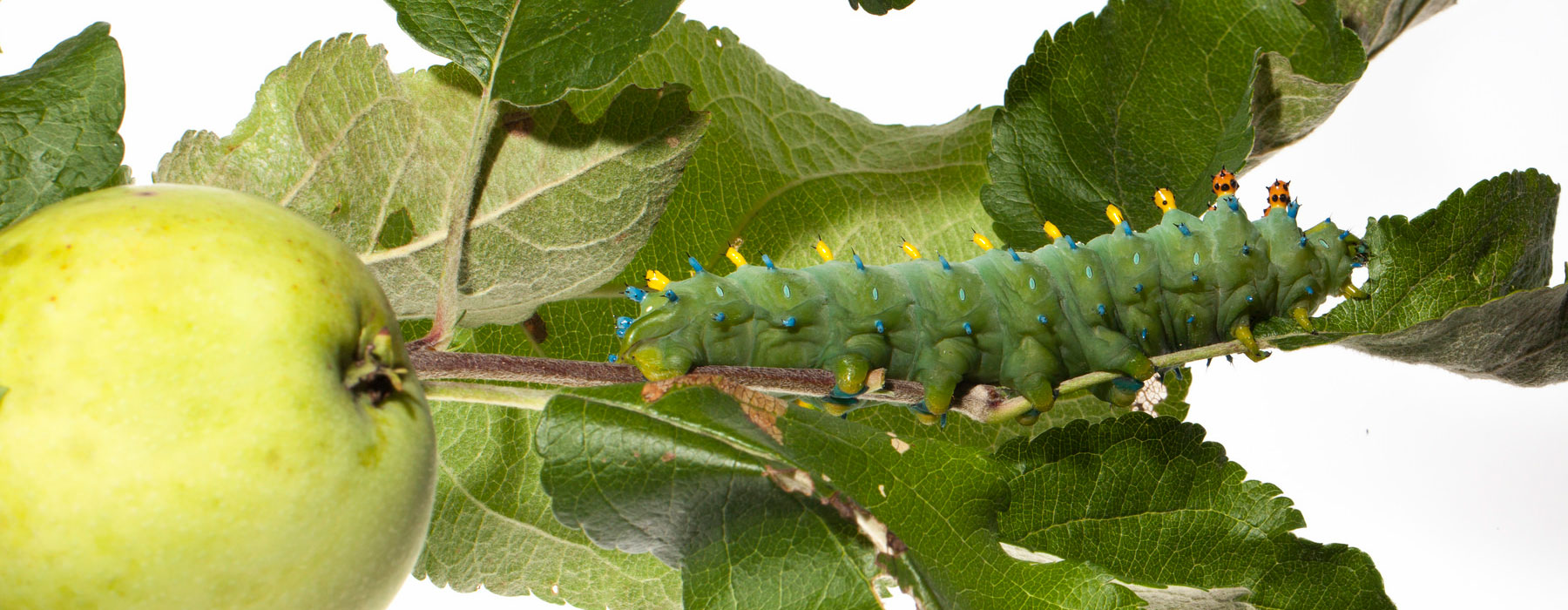From 2002 – 2007 volunteers of all kinds searched fields and fens, mountains and meadows, even their own backyards, to document the status of Giant Silkmoths, contributing data to the Vermont Giant Silkmoth Survey. Giant Silkmoths (subfamily Saturniinae) as their common name suggests, are very large and beautiful moths with adult wingspans reaching nearly six inches. Caterpillars feed on a wide range of native and ornamental trees and shrubs. Caterpillars pupate in a well-built silken cocoon. There are four species known from Vermont.
Before this survey, there was no atlas of their distribution, no assessment of their status, and no conservation concept for them on a statewide scale. With this in mind, we initiated a six-year study to document the distribution and abundance of these iconic moths in Vermont during the Vermont Butterfly Survey. This survey represented a “snapshot” in time of Vermont silkmoth distribution. This is the primary function of a biological atlas for conservation purposes—to set a baseline against which successive future surveys can be compared. Silkmoth populations, like other organisms, are not static but change in status as a result of land use change, adapting to new food plants, climate change, and other factors.
As of November 2021, the VAL is reimagining the Vermont Giant Silkmoth Survey by starting the Giant Silkmoth Cocoon watch – calling on community naturalists to join us in the search for and documentation of silkmoth cocoons.
2002-2007 Atlas Methods
During the butterfly atlas, data was collected within a grid based on USGS topographic quadrangles. Each quad was divided into six equal blocks for a total of 1,104 blocks. Each block was approximately three square miles. One block from each quad was randomly selected as the priority block for a total of 184 priority blocks. There was no statistical difference in the percent coverage of priority blocks within each biophysical region.
Participants attempted to verify the presence of as many species as possible within each block, noting a variety of other data with each record. The result is the most detailed database of the spatial and seasonal distribution of Vermont butterflies ever compiled.
2002-2007 Results
Four species of silkmoths were reported during the initial survey from 2002-2007: Cecropia Silkmoth (18 records), Promethea Silkmoth (7 records), Polyphemus Moth (10 records), and Luna Moth (28 records). Columbia Silkmoth (no historic records in Vermont, but found nearby in Quebec) and the exotic Ailanthus Silkmoth (one historic record) were not reported. It is difficult to determine if these moths are truly rare or if the paucity of records simply reflected observers focusing on butterflies as this was completed as a smaller companion project with the Vermont Butterfly Survey.
Giant silkmoth populations in the Northeast have apparently been in decline for years. One possible explanation is aerial spraying of Bacillus thuringiensis (Bt) to combat gypsy moths. This insecticide likely harms native insects as well. Research in Massachusetts found that an introduced parasitic fly, Compsilura concinnata, attacks and kills giant silkmoth caterpillars (Boettner et al. 2000, Elkinton and Boettner 2004). The fly was repeatedly introduced from 1906 to 1986 to control approximately 13 pest species, including a related silkmoth species. Concerns about the effect of this fly on native moths were expressed as early as 1919.
In 2021, a new species of giant silkmoth was recorded in Vermont: the Columbia Silk Moth (Hyalophora columbia), bringing Vermont’s Giant Silkmoth total up to five species. The Cocoon Watch provides an opportunity to document overwintering cocoons across the state, along with parasitism data, if cocoons are revisited come spring.







